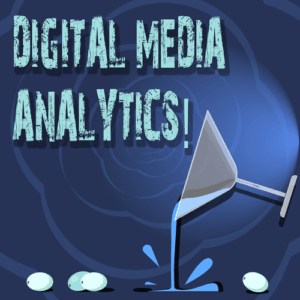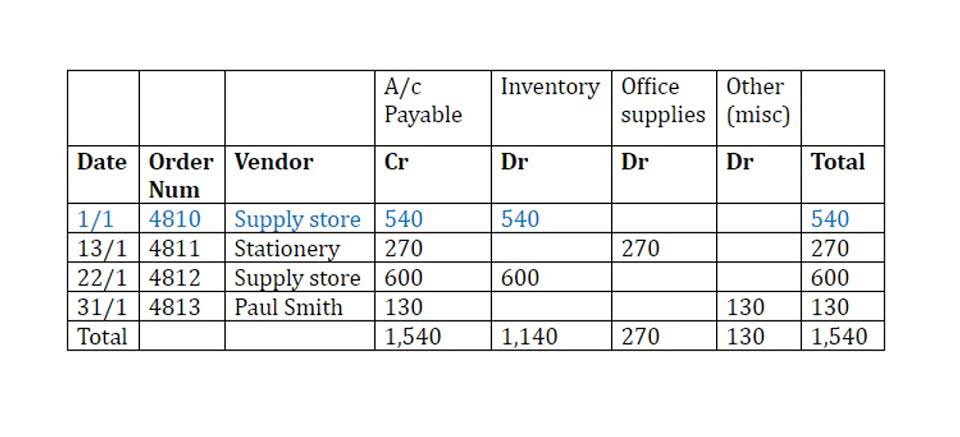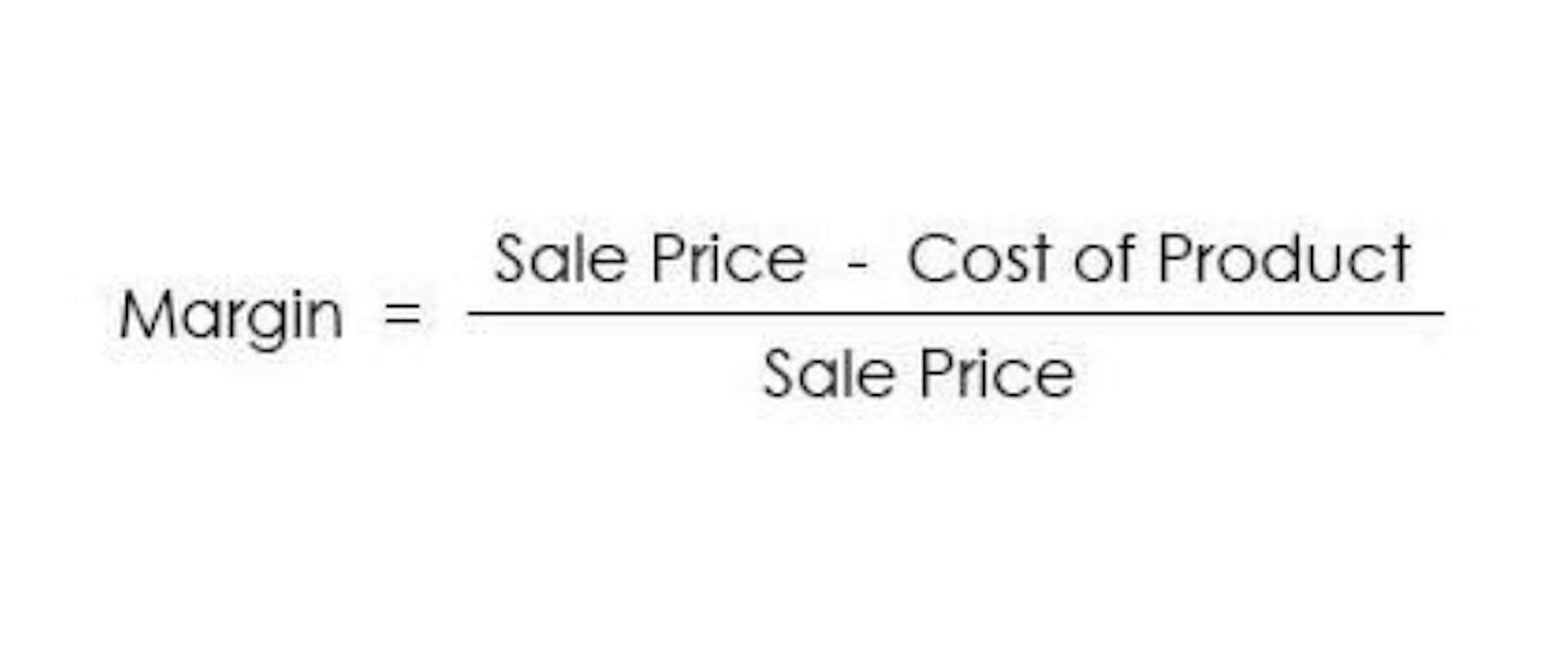
This essay seeks to demystify these concepts and provide a comprehensive analysis of their definitions, differences, and applications in business. Financial budgets, financial forecasts, financial projections and pro forma financial statements are terms that are often used interchangeably, but they are not the same thing. In much the same way that budgets and forecasts differ, so do cash budgets and cash flow forecasts. A cash budget specifies the available funds for a specific financial period. Cash budgets are not typically updated and provide a one-time view of a company’s cash position.

Key Financial Ratios: Mastering Key Financial Ratios: A Guide to Evaluating Company Performance
- A master budget is a budget or document that your employees can refer to when making financial decisions about expenses based on revenue; this budget does not change.
- The plan answers that question by outlining the company’s operational and financial objectives.
- Once the data is validated, it’s compiled into a budget template that’s circulated for review and approval among relevant stakeholders.
- A forecast is a projection of what will happen during the budgeting period at an organization level, generally including significant incomes and expenditures.
- When the business plan changes, management updates financial forecasts, as well.
This is the time to make tactical changes that will benefit your company long-term. Forecasts are created by specific departments and teams, and usually by people on the field. budget vs forecast vs projection For example, sales reps may submit a 3-month forecast to their sales manager each week. This may contain details on what the rep is likely to achieve for designated products in a designated territory. This data is intended for the management to understand where the business is headed. However, firms are known to update budgets (on an exceptional basis) in the middle of the year if market conditions or business objectives change drastically.
Key Differences Between Financial Forecasts vs. Projections
There are several aspects to forecasting and, as per Harvard Business contribution margin Review, the crucial ones are the forecast purpose, the system’s dynamics, and the importance of past data to create the forecast. In this blog, we’ll explain what a budget and a forecast are, outline their differences, and show you how to use both to strengthen your long-term strategy. Make a mental note to update your revenue forecast and sales projections regularly.

Company size
- Organizations must always ensure that each step they take is based on calculated and informed decisions rather than on intuition.
- This type of financial statement is more fully covered in our pro forma financial statements article.
- Forecasts are prepared for sales, production, cost, procurement of material, and financial need of the business.
- On Jan 1st, the firm creates a forecast for Contractor expenses for the upcoming four-month period from Jan to Apr (Forecast v1).
- Projections, on the other hand, can span over multiple years and are often used for long-term planning purposes.
- The budget at the beginning of year one might allocate specific funds to marketing and product development, as well as standard operations.
This information can then be used to make informed decisions about where to allocate your money. Judgment forecasts rely on a finance leader’s judgment when there is no historical data to reference. These forecasts are often created when there is a limited amount of prior data to reference, such as when launching a new product, or when market conditions are unprecedented (e.g., during COVID-19). In contrast, quantitative forecasting relies heavily on historical data and current trends to inform the forecast.
- But, financial forecasting, budgeting, and planning each serves a unique purpose.
- The difference between budgeting and forecasting comes down to their specific roles in your business.
- Knowing how to effectively incorporate these tools in your everyday management and to take full advantage of them is the success of an organization.
- Enhancing sales rep motivation and performance with instant insights and clear incentive tracking.
- When the predetermined budget period ends, the accounting department, management team, and the company’s owners may set aside time to compare the static budget to the actual income and expenditures.

Projections are often used for long-term planning and strategic decision-making, exploring how different variables and decisions might impact future performance. The forecast is typically a spreadsheet of financial data categorized by specific time periods. The forecaster lists variables that may impact sales in the next three months using an ideal data set. During this process, it’s necessary to make assumptions or predictions that help to cut down on the time it takes to make the set of forecasts.
Planning, budgeting, and forecasting: what’s the difference?
Budgeting is a tool to control spending, while forecasting is a tool to predict future outcomes. A forecast is an estimate of future sales or Accounting For Architects revenue and typically covers a period of one year, although it is often for a longer time frame, up to several years down the line. Both top-down and bottom-up budgets assess the influence of historical performance and present market conditions.

Generally, a financial plan aims to define the financial direction and vision of the organization within the context of a broader business plan. Unfortunately, forecasting isn’t a silver bullet that instantly solves all your future financial issues. While a company’s budget, forecast, and plan are often used interchangeably in the boardroom, these terms’ functions aren’t always precise. Finance leaders commonly use the three terms in conjunction with one another, allowing each model to inform the others.

Integrated Steel Plant Production Process:A Deep Dive into the Integrated Steel Plant Production
This forecast would provide guidance on adapting manufacturing strategies to address potential challenges and opportunities in a dynamic environment. For a CPG company operating in the eCommerce space, a projection could involve estimating the sales of a specific product based on historical online purchase trends. This projection assumes that consumer preferences and online shopping behaviors will remain consistent. One area in revenue management that can have a huge impact on your finances and cause unnoted leakage is incentive management. It is a transaction that requires proper tracking and documentation to ensure the effectiveness of the tool and the efficiency of the incentive program. They look into the future to calculate and predict what are the probable revenue and expenditure that the organization will have to manage and prepare the team for optimal utilization of resources.
What is driver-based planning and why does it matter?
As explained above, a cash budget outlines the resources available for a specific financial period. In contrast, a forecasted income statement, sometimes also referred to as a pro forma statement, typically involves hypothetical scenarios and is often used to present a “what if” analysis. Pro forma statements typically involve hypothetical scenarios and are often used to present a “what if” analysis. They are created in advance and may exclude any information that a company believes skews their results, such as one-time expenses.